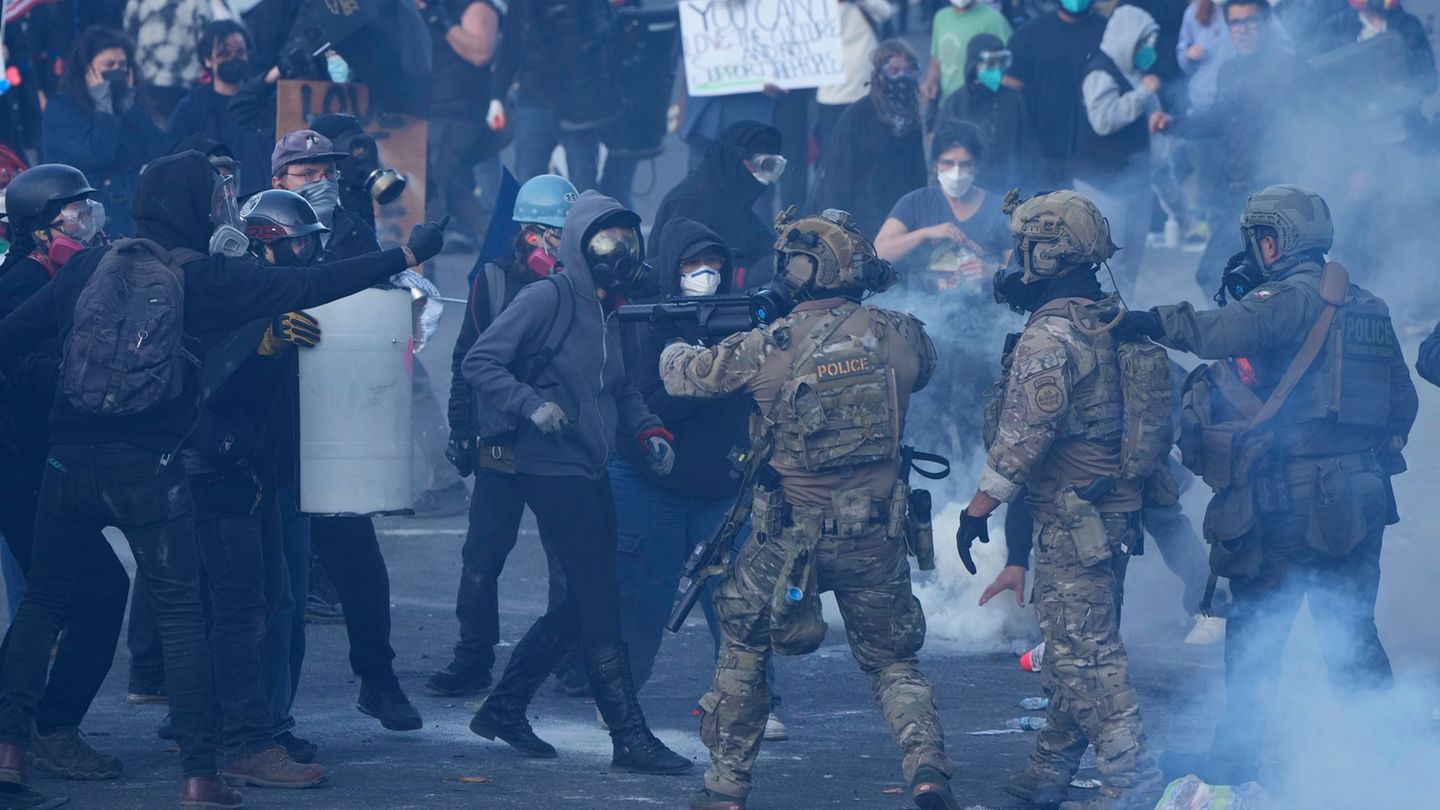April 15 (Reuters) – Peru’s economy contracted 0.63% in February, compared to the same month last year, the National Institute of Statistics and Informatics (INEI) reported on Saturday, better data than expected by the market.
The contraction of the country’s economic activity in February was also less than that reported in January, when it fell by 1.12% year-on-year.
Economists polled by Reuters expected a fall of 0.90% for the second month of the year.
The Central Bank had anticipated the contraction in February on Friday, after social protests in the world’s second largest copper producer.
This is the second month of decline in economic activity after a streak of 22 consecutive months of growth.
“It should be noted that national production in February 2023 was affected by the continuity of social conflicts, which led to work stoppages, road blockades, market closures, among other effects, which occurred in some areas of the country,” the INE specified. it’s a statement.
The variation in the economy was explained by a contraction in construction, telecommunications and other information services, the financial and insurance sector, manufacturing, and agricultural activities.
In contrast, the sectors of commerce, transportation, lodging and restaurants, electricity, services provided to companies, fishing, mining, and other services grew.
In the first two months, the Gross Domestic Product of Peru accumulated a contraction of 0.87%; while in the last 12 months until February it grew by 1.93%.
In addition to the wave of social protests, Peru has suffered the impact of heavy rains and floods that have cost some 3,500 million soles (equivalent to 0.4% of GDP), according to the Ministry of Economy.
The Central Bank projects “zero” growth for the first quarter and a recovery between April and June with an expansion of 2.8% for that stretch of the year. (Reporting by Nelson Bocanegra)
Source: Ambito




